Clinical Corner
QWhat can you recommend to promote lid hygiene?
Medically reviewed on 08.01.24 by Gabriela Maloney, DO
For years clinicians have recommended baby shampoo for lid hygiene. Perhaps this is because
Johnson’s Baby Shampoo is advertised on their website to be “as gentle to the eyes as pure water”.1 The manufacturer also boasts a “3x tested formulation – pediatrician, dermatologist, and ophthalmologist”.1 The “no more tears”1 statement on the label further alludes to safety in the delicate eye area. The logic is if it’s safe enough to use on babies, why can’t we use it on the sensitive eye area? It is also quite affordable and accessible so why shouldn’t we recommend it?
First, we must keep in mind that this product was not formulated for use as an eyelid and eyelash hygiene product, but rather as a gentle cleanser for baby’s hair and scalp. Second, there are potential pitfalls to using this product in the eye area. Dr. Hauser asserts that several ingredients in the formulation like 1,4-dioxane have the potential to cause eye irritation and cocamidopropyl betaine (CAPB) has the potential to cause allergic reactions.2
All considered, we have superior and equally accessible options. For example, there are a number of pre-soaked towelettes available over the counter designed specifically for lid hygiene. One of these options is OCuSOFT. The company offers many formulations that aim to gently and effectively cleanse the eye area ridding it of debris, pollution, pollen, and other impurities. There are both rinse off and leave on options that are portable making them easy to incorporate into one’s routine. Ocusoft also offers a hypochlorous acid spray. Hypochlorous acid has been shown to exert both anti-inflammatory and anti-bacterial effects, all while providing symptomatic relief to patients.3
Another viable option to promote eyelid hygiene is reheatable masks. These have the unique advantage of being able to be used time and time again without losing efficacy. They also retain heat better than a traditional washcloth compress that requires more frequent re-warming.
I’d like to close with why this is relevant to dermatology clinicians. In dermatology, we encounter cases of ocular rosacea, blepharitis, seborrheic dermatitis, complaints of dry eye, styes, and chalazia. Additionally, we often recommend and prescribe agents that have the potential to cause and aggravate dry eye syndrome like isotretinoin and antihistamines. It is therefore our duty to suggest products that can help to alleviate these symptoms. Let’s not forget about the growing popularity of eyelash extensions and the increasing number of scripts written for prostaglandin analogs that have their own potential for ocular side effects. Lastly, we should consider lid hygiene as part of our recommendations for our atopic dermatitis patients, especially those on biologics.
We should strive to challenge dogma and continue to ask relevant clinical questions in order to best serve our patients.
References:
- Baby Shampoo. Johnson’s® Baby. Accessed July 19, 2024. https://www.johnsonsbaby.com/baby-products/johnsons-baby-shampoo
- Hauser W. 5 ways to go beyond baby shampoo for lid hygiene. Optometry Times. Published June 24, 2016. Accessed July 19, 2024.
- Zhang H, Wu Y, Wan X, et al. Effect of Hypochlorous Acid on Blepharitis through Ultrasonic Atomization: A Randomized Clinical Trial. J Clin Med. 2023;12(3):1164. Published 2023 Feb 1. doi:10.3390/jcm12031164



